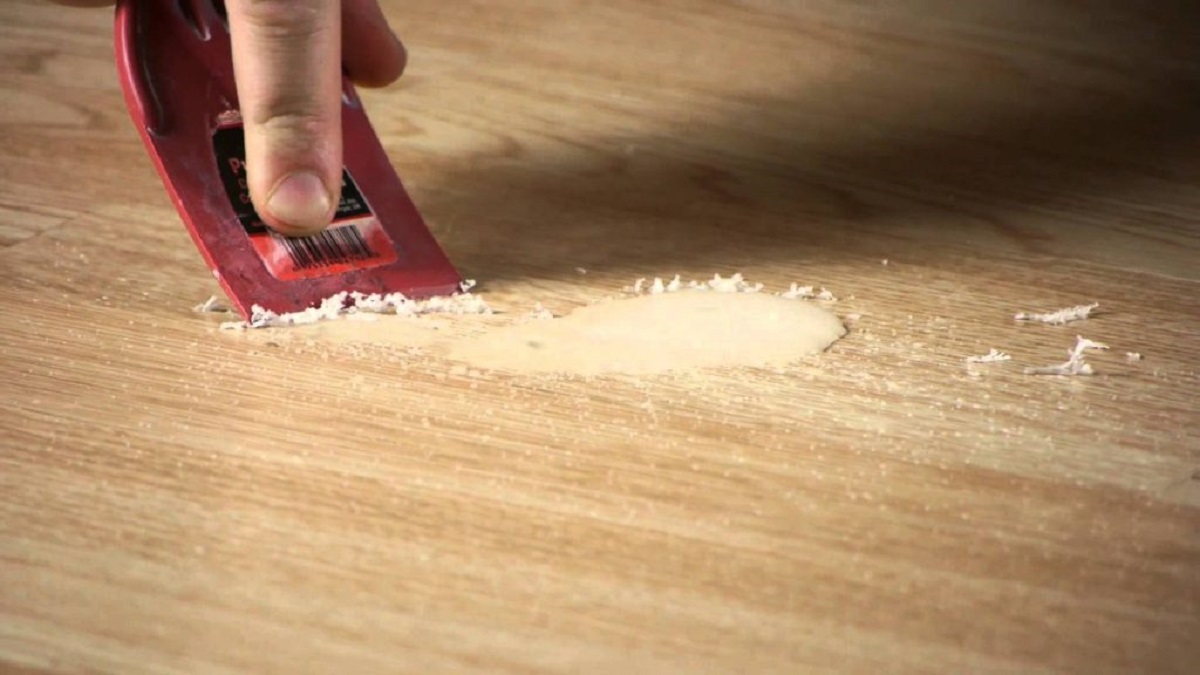

Articles
How To Remove Wax From Wooden Furniture
Modified: October 19, 2024
Looking for ways to remove wax from wooden furniture? Our step-by-step guide provides effective solutions to help you restore your furniture's shine.
(Many of the links in this article redirect to a specific reviewed product. Your purchase of these products through affiliate links helps to generate commission for Storables.com, at no extra cost. Learn more)
Introduction
Wooden furniture adds a touch of elegance and warmth to any space. Whether it’s a vintage chair handed down through generations or a modern dining table, wooden furniture requires proper care to maintain its beauty and longevity. Over time, a common issue that many people encounter with wooden furniture is the buildup of wax.
Wax is often used as a protective coating on wooden furniture. It enhances the natural beauty of the wood, adds a layer of shine, and helps to protect the surface from scratches and stains. However, an accumulation of wax over time can dull the finish, cause a sticky residue, and even attract dust and dirt.
In this article, we will explore how to effectively remove wax from wooden furniture, ensuring that it regains its original luster. We will also provide you with alternative methods and preventive measures to avoid wax buildup in the future. So, let’s dive in and discover the secrets to wax-free wooden furniture!
Key Takeaways:
- Say goodbye to wax buildup on your wooden furniture by following a simple step-by-step guide using common household items like vinegar and mild dish soap.
- Keep your wooden furniture looking its best by implementing preventive measures to avoid wax buildup, such as regular cleaning and using the right type of wax.
Read more: How To Remove Stain From Wooden Furniture
Understanding Wax Buildup on Wooden Furniture
Before we delve into the process of removing wax from wooden furniture, it’s important to understand why wax buildup occurs in the first place. When wax is applied to the surface of wood, it creates a protective layer that enhances the wood’s natural beauty. However, over time, repeated applications of wax can lead to a buildup.
The primary cause of wax buildup is the failure to properly remove excess wax during routine maintenance. When applying wax, it’s crucial to follow the manufacturer’s instructions and apply a thin, even layer. Excess wax can seep into crevices and accumulate on the surface, creating a thick and stubborn layer that needs to be removed.
Additionally, using the wrong type of wax can contribute to buildup. Different types of wood require specific wax formulations. Using a wax that is not suitable for your furniture’s wood can result in a sticky residue that attracts dirt and causes a dull appearance.
Another common cause of wax buildup is the use of furniture polishes that contain silicone. While silicone-based polishes may provide a temporary shine, they can create a barrier on the wood’s surface, preventing wax from penetrating the wood and causing it to accumulate.
It’s important to note that wax buildup is more commonly found on older furniture that has been subjected to years of waxing without proper removal. However, it can also occur on newer pieces if adequate care and maintenance are not carried out.
Now that we understand why wax buildup occurs, let’s move on to the tools and materials you’ll need to effectively remove wax from wooden furniture.
Tools and Materials Needed for Wax Removal
Removing wax from wooden furniture requires the right tools and materials to ensure a successful and safe process. Here are the essential items you’ll need:
- A soft, lint-free cloth: This will be used to wipe away excess wax and polish the surface.
- Mild dish soap: It will act as a gentle cleanser to remove any dirt or grime that may be present on the furniture.
- Vinegar: Vinegar is an excellent natural cleaner that can help dissolve wax residue.
- Warm water: This is needed for diluting the vinegar or mixing with the dish soap.
- Mineral spirits: If the wax buildup is stubborn, mineral spirits can be used as a solvent to break it down.
- Plastic scraper or credit card: These can be used to gently scrape away excess wax without damaging the wood.
- Fine-grit sandpaper: In some cases, sanding may be necessary to remove stubborn wax buildup.
- Wood polish or wax: After removing the wax, you may want to apply a new layer of wood polish or wax to restore the shine and protect the surface.
It’s worth noting that the exact tools and materials required may vary depending on the severity of the wax buildup and the type of wooden furniture you are working with. Always check the manufacturer’s instructions or consult a professional if you have any doubts.
Now that you have gathered the necessary tools and materials, let’s move on to the step-by-step guide on how to remove wax from wooden furniture.
Step-by-Step Guide to Remove Wax from Wooden Furniture
Removing wax from wooden furniture may seem like a daunting task, but with the right approach and technique, it can be a relatively straightforward process. Follow these steps to effectively remove wax buildup:
- Prepare the cleaning solution: Mix a small amount of mild dish soap with warm water in a bowl. Alternatively, you can dilute vinegar with water in a 1:1 ratio.
- Dampen a soft cloth: Moisten a soft, lint-free cloth with the cleaning solution. Make sure the cloth is not soaking wet, as excessive moisture can damage the wood.
- Gently wipe the surface: Start by wiping the wooden furniture with the damp cloth, focusing on areas where wax buildup is visible. Apply gentle pressure and use circular motions to lift the wax off the surface.
- Remove excess wax: If there are still stubborn patches of wax remaining, use a plastic scraper or credit card to carefully scrape away the excess. Be cautious not to scratch or gouge the wood.
- Spot treatment with vinegar: For especially stubborn wax residue, dip a cloth or cotton ball in undiluted vinegar and dab it on the affected areas. Let it sit for a few minutes to allow the vinegar to dissolve the wax before wiping it away.
- Dry the surface: Once all the wax has been removed, use a dry cloth to wipe down the surface of the wooden furniture. Make sure it’s completely dry before proceeding.
- Optional: Sanding and refinishing: If there are still traces of wax remaining or if the wood’s finish has been compromised, consider using fine-grit sandpaper to gently sand the affected areas. Follow up with refinishing products to restore the wood’s natural beauty.
- Apply wood polish or wax: After removing the wax buildup, you may want to apply a new layer of wood polish or wax to protect and rejuvenate the wooden furniture. Choose a product specifically designed for your type of wood and follow the manufacturer’s instructions for application.
Remember to always test any cleaning solutions or products on a small, inconspicuous area of the furniture before proceeding with the entire surface. This will help ensure compatibility and prevent any potential damage.
Now that you know the step-by-step process of removing wax from wooden furniture, let’s explore some alternate methods to tackle stubborn wax residue.
To remove wax from wooden furniture, place a brown paper bag over the wax and run a warm iron over it. The wax will transfer to the paper bag, leaving the wood clean.
Alternative Methods to Remove Wax from Wooden Furniture
While the step-by-step guide mentioned earlier is a reliable method to remove wax buildup from wooden furniture, there are alternative approaches you can try if the wax residue is particularly stubborn or persistent. Here are a few additional methods:
- Using heat: Heat can soften the wax and make it easier to remove. Place a clean, lint-free cloth over the waxed area and use an iron on low heat to gently heat the cloth. The heat will melt the wax, allowing it to transfer to the cloth. Continue this process until the wax is entirely removed.
- Freezing the wax: Another effective method is to freeze the wax to make it brittle and easier to chip away. Place ice cubes or an ice pack on top of the waxed area and let it sit for a few minutes. Once the wax is hardened, gently scrape it off with a plastic scraper or credit card.
- Using a hairdryer: If you don’t have an iron, you can use a hairdryer to heat the wax in the same way. Set the hairdryer to a low heat setting and direct the warm air towards the waxed area. As the wax softens, wipe it away with a cloth or gently scrape it off with a plastic scraper.
- Using a solvent: If all else fails, you can try using a solvent like mineral spirits to dissolve the wax buildup. Apply a small amount of mineral spirits to a clean cloth and gently rub it onto the affected areas. Allow the solvent to penetrate the wax for a few minutes, then wipe it away with a separate cloth. Be sure to follow safety precautions and work in a well-ventilated area.
It’s important to note that these alternative methods should be used with caution, as excessive heat or chemicals can damage the wood’s finish. Always test the method on a small, hidden area before proceeding with the entire surface.
By employing one of these alternative methods, you can effectively remove stubborn wax buildup from your wooden furniture, restoring its natural beauty.
Now that you have learned different methods to remove wax from wooden furniture, let’s discuss preventive measures to avoid wax buildup in the future.
Read more: How To Remove Wax From Glass
Preventive Measures to Avoid Wax Buildup on Wooden Furniture
Prevention is the key to maintaining your wooden furniture’s beauty and minimizing the need for frequent wax removal. By following these preventive measures, you can avoid wax buildup and keep your furniture looking its best:
- Regular cleaning: Dust and dirt can contribute to wax buildup. To prevent this, make sure to dust your wooden furniture regularly with a soft, lint-free cloth or a feather duster.
- Avoid heavy waxing: When applying wax to your furniture, remember that a little goes a long way. Use a thin, even layer of wax, and avoid excessive application. This will prevent excess wax from accumulating over time.
- Use the right type of wax: Different types of wood require specific wax formulations. Before applying wax, ensure that you are using a product suitable for your furniture’s wood. This will help prevent sticky residue and unnecessary buildup.
- Follow manufacturer’s instructions: Always read and follow the manufacturer’s instructions when applying wax or any other cleaning products to your wooden furniture. They will provide guidance on proper usage and help you avoid common mistakes.
- Avoid silicone-based polishes: Silicone-based furniture polishes can create a barrier on the wood’s surface, preventing wax from being absorbed. Opt for silicone-free polish to allow wax penetration and minimize the risk of buildup.
- Remove spills immediately: Accidental spills can lead to wax buildup if not addressed promptly. Clean up any spills on your wooden furniture immediately with a soft, damp cloth to prevent the wax from seeping into the wood.
- Proper storage and placement: Avoid placing candles or other wax-based products directly on your wooden furniture. Use protective mats or coasters to prevent melted wax from coming into contact with the surface.
- Regular maintenance: Periodically inspect your wooden furniture for signs of wax buildup. If you notice any areas with excess wax, remove it promptly using the methods mentioned earlier. This will help prevent further accumulation and maintain the integrity of the wood.
By incorporating these preventive measures into your furniture care routine, you can minimize the occurrence of wax buildup and keep your wooden furniture looking beautiful for years to come.
Now that you are equipped with knowledge on preventive measures, let’s conclude our discussion on wax removal from wooden furniture.
Conclusion
Proper maintenance and care are essential to keep your wooden furniture in pristine condition. Wax buildup is a common issue that can dull the appearance and affect the overall beauty of your furniture. However, with the right knowledge and techniques, removing wax from wooden furniture can be a straightforward process.
In this article, we explored the causes of wax buildup on wooden furniture and provided a step-by-step guide on how to effectively remove wax. We also discussed alternative methods for tackling stubborn wax residue and shared preventive measures to avoid future buildup.
Remember to always use the appropriate tools and materials for wax removal, follow manufacturer’s instructions, and test any cleaning solutions or methods on a small, inconspicuous area before proceeding. This will help safeguard the integrity of your wooden furniture and prevent any potential damage.
By incorporating regular cleaning, proper waxing techniques, and preventive measures into your furniture care routine, you can avoid wax buildup and maintain the natural beauty of your wooden furniture for years to come.
So, take the time to care for your wooden furniture and enjoy its timeless elegance in your home. With a little effort and attention, your furniture will continue to shine and serve as a cherished part of your living space.
Frequently Asked Questions about How To Remove Wax From Wooden Furniture
Was this page helpful?
At Storables.com, we guarantee accurate and reliable information. Our content, validated by Expert Board Contributors, is crafted following stringent Editorial Policies. We're committed to providing you with well-researched, expert-backed insights for all your informational needs.
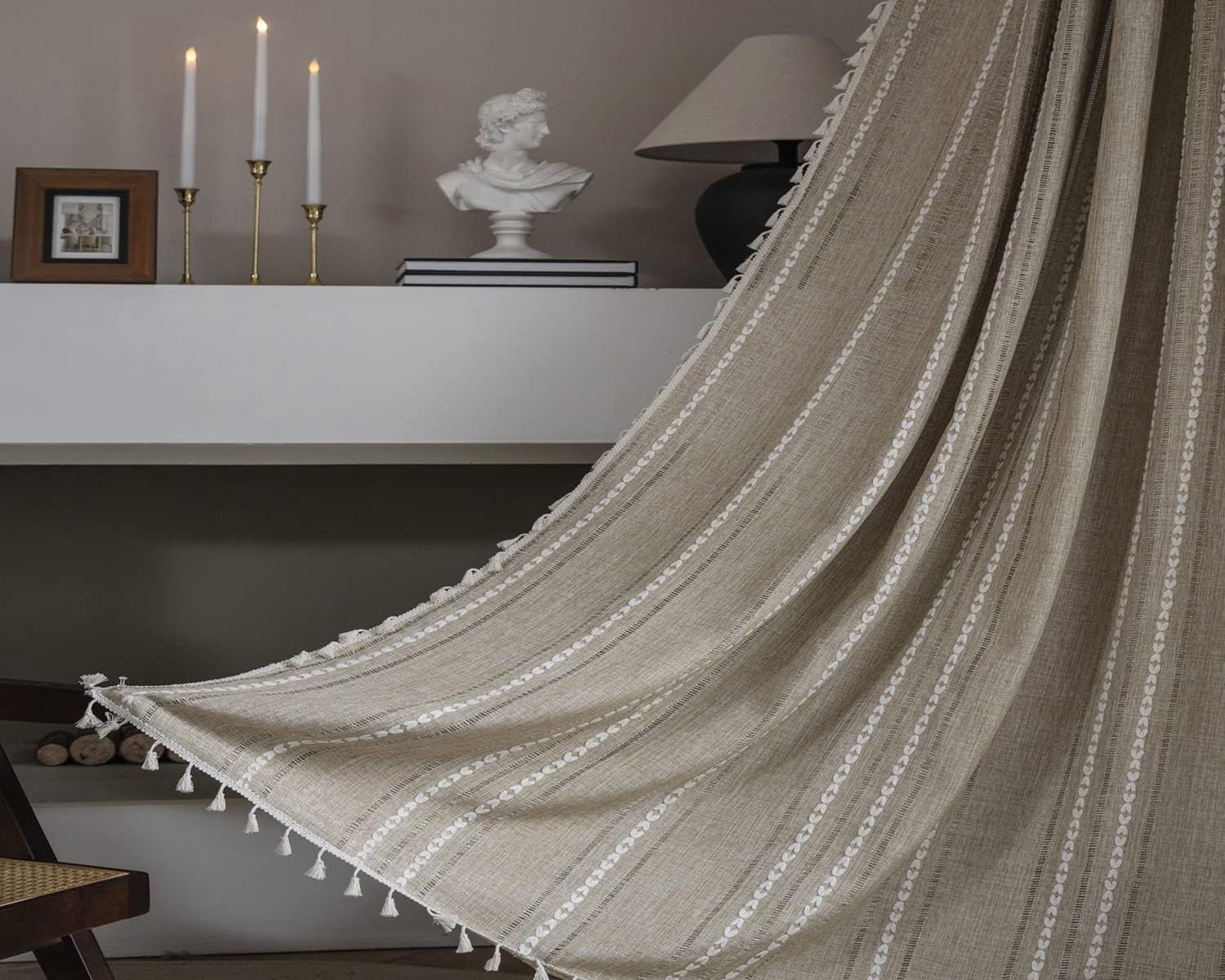

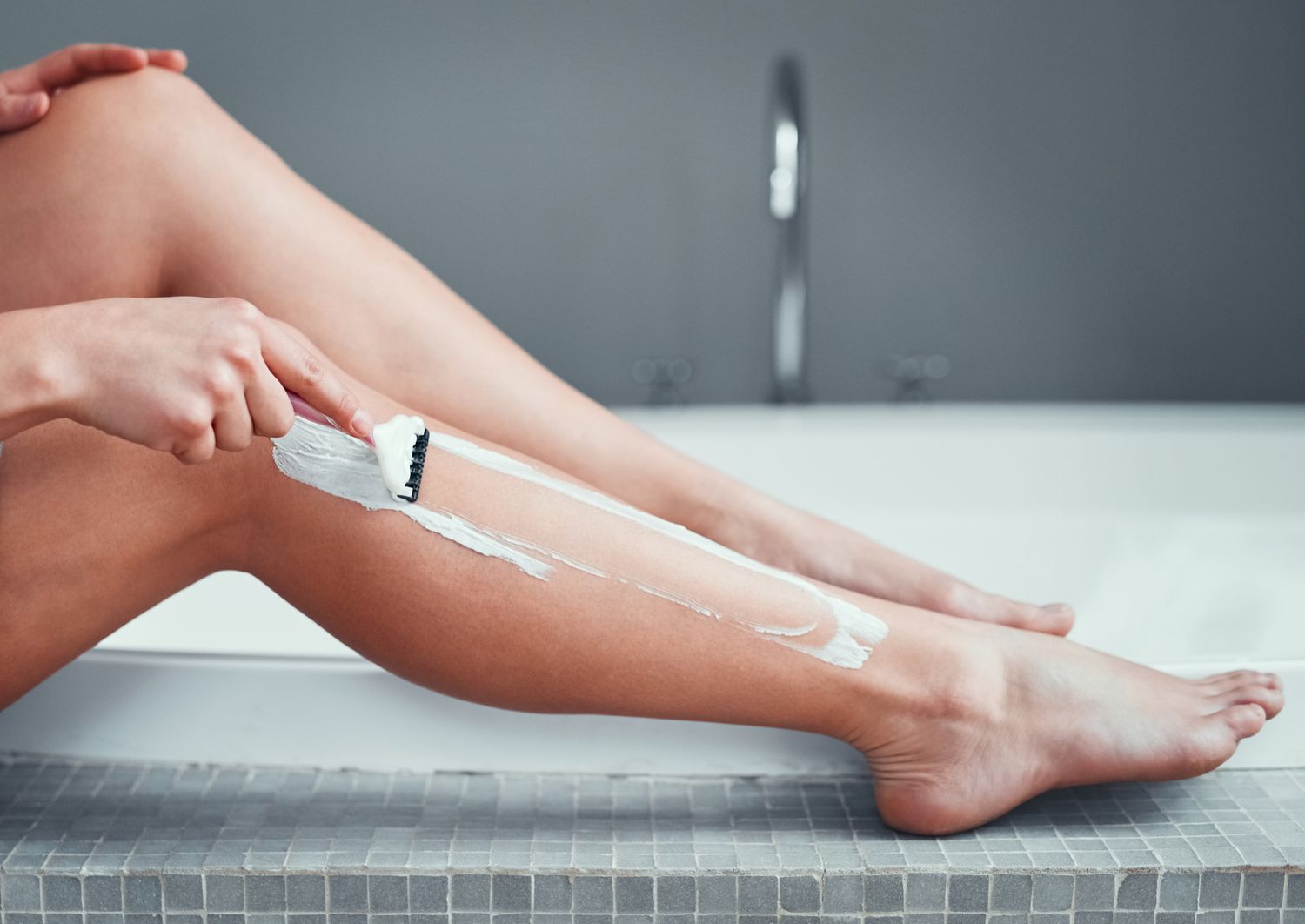

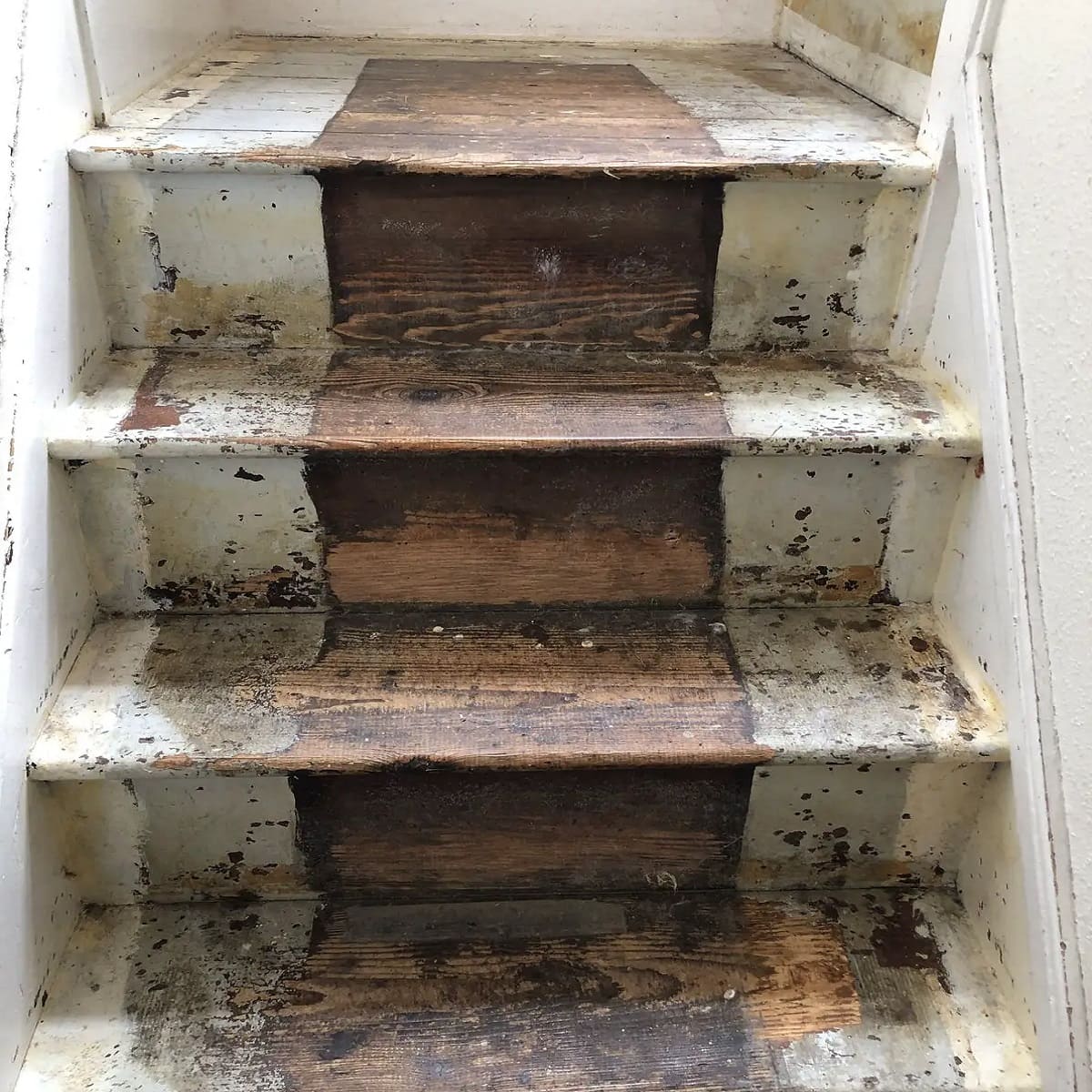
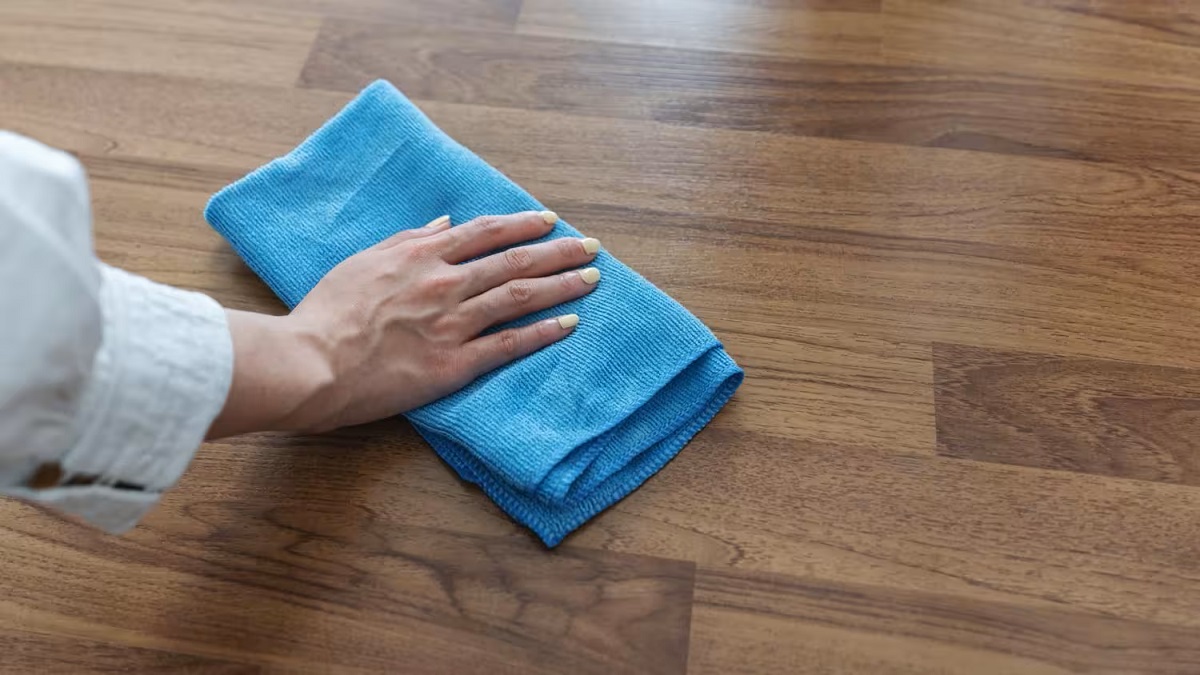
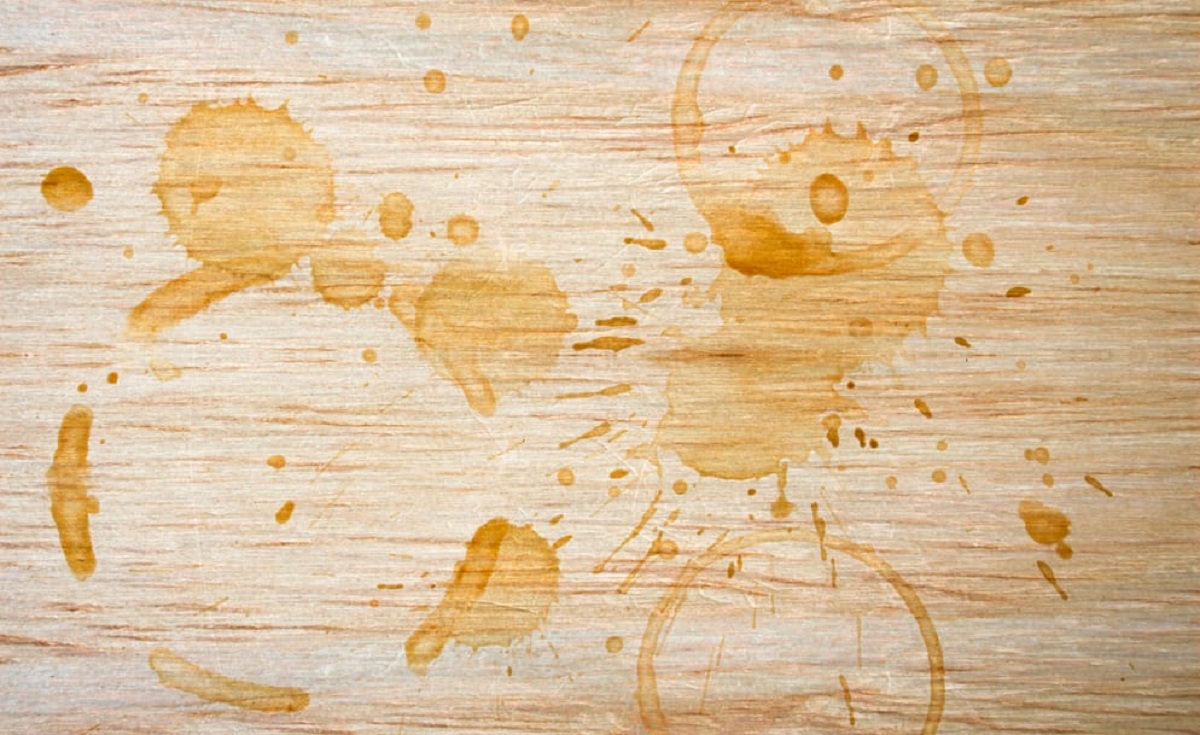
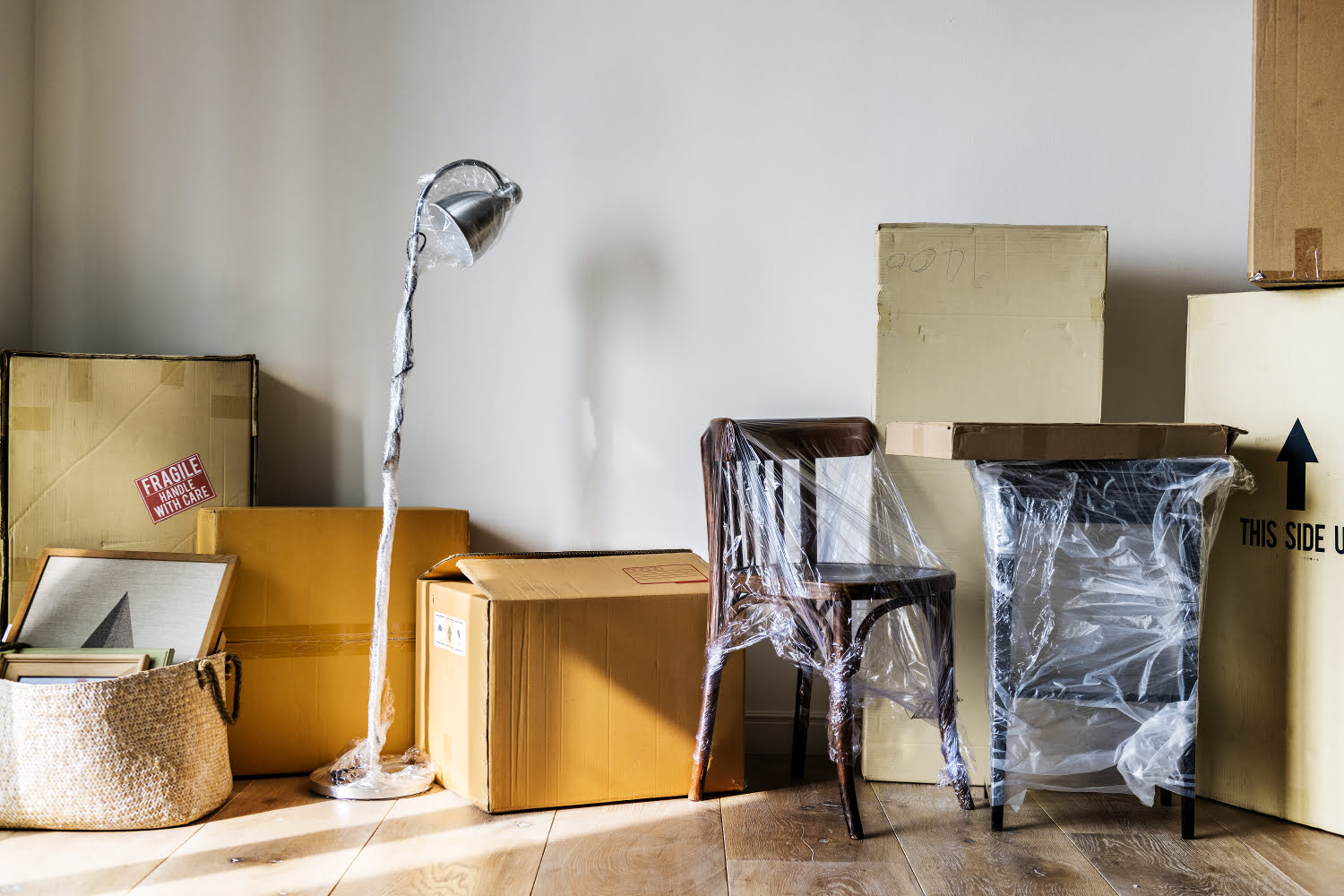
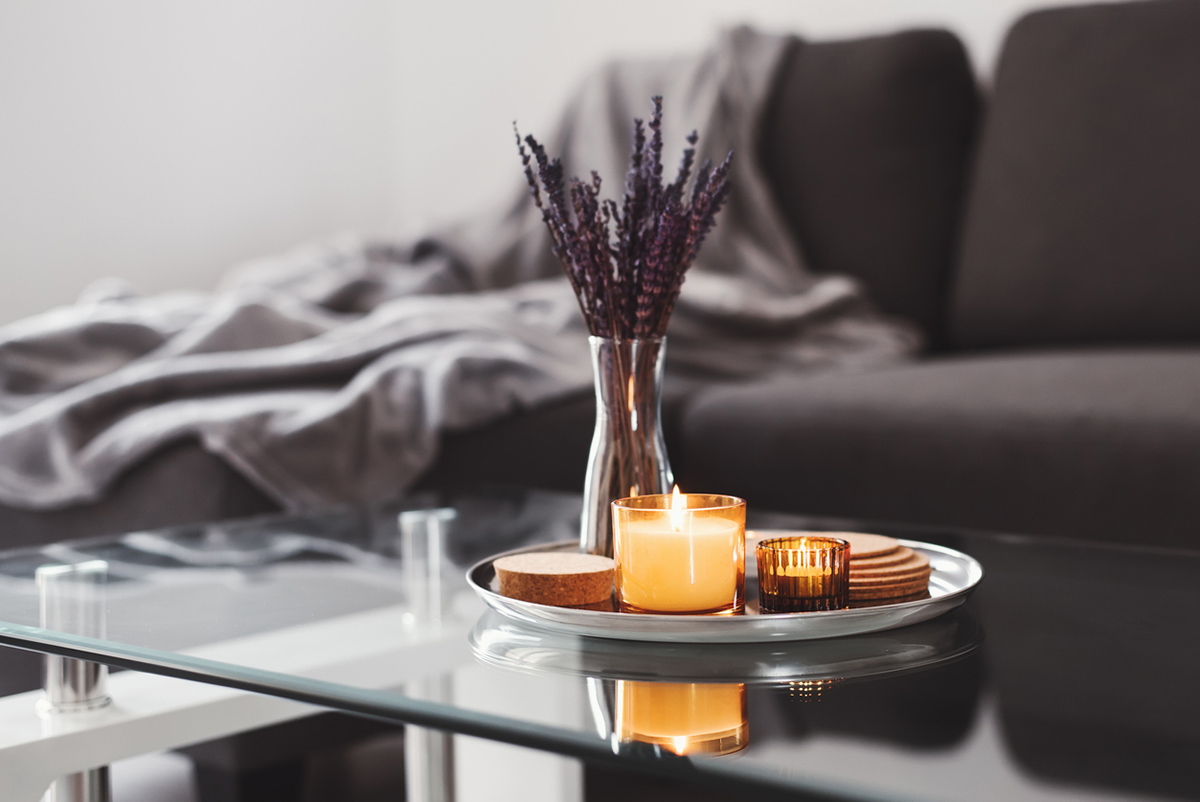
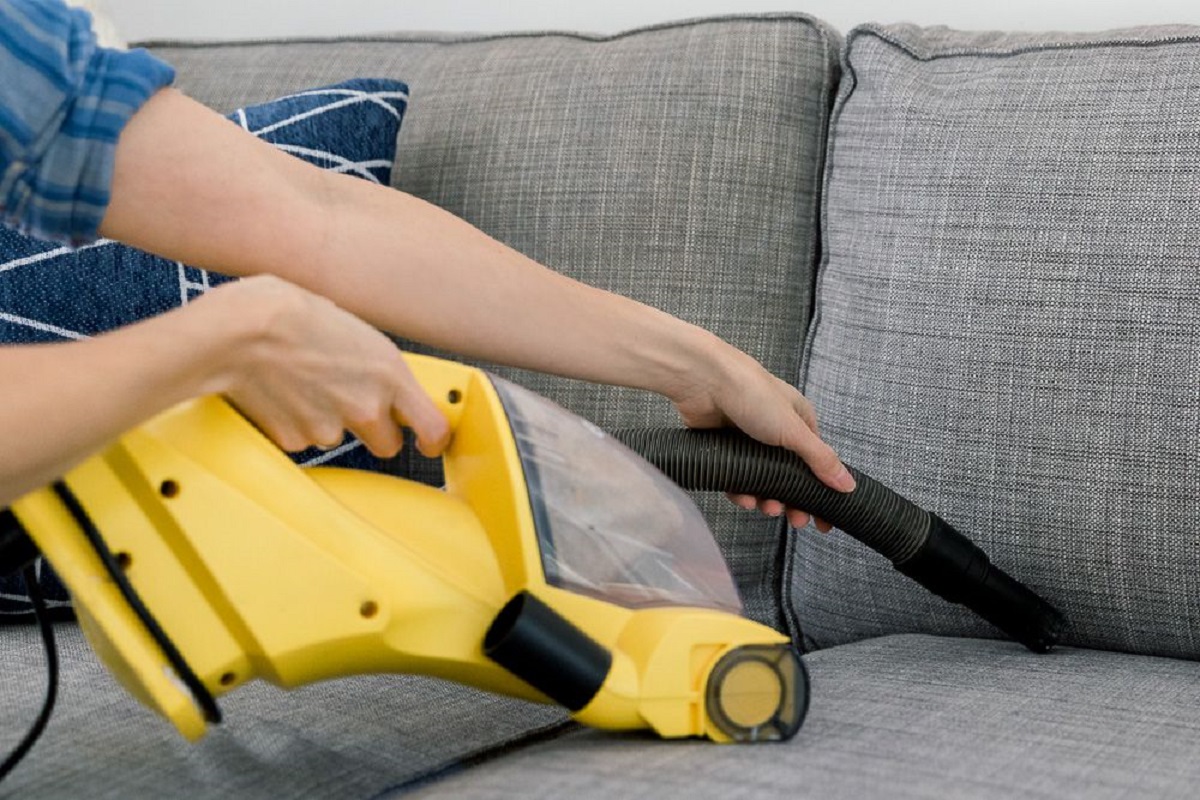
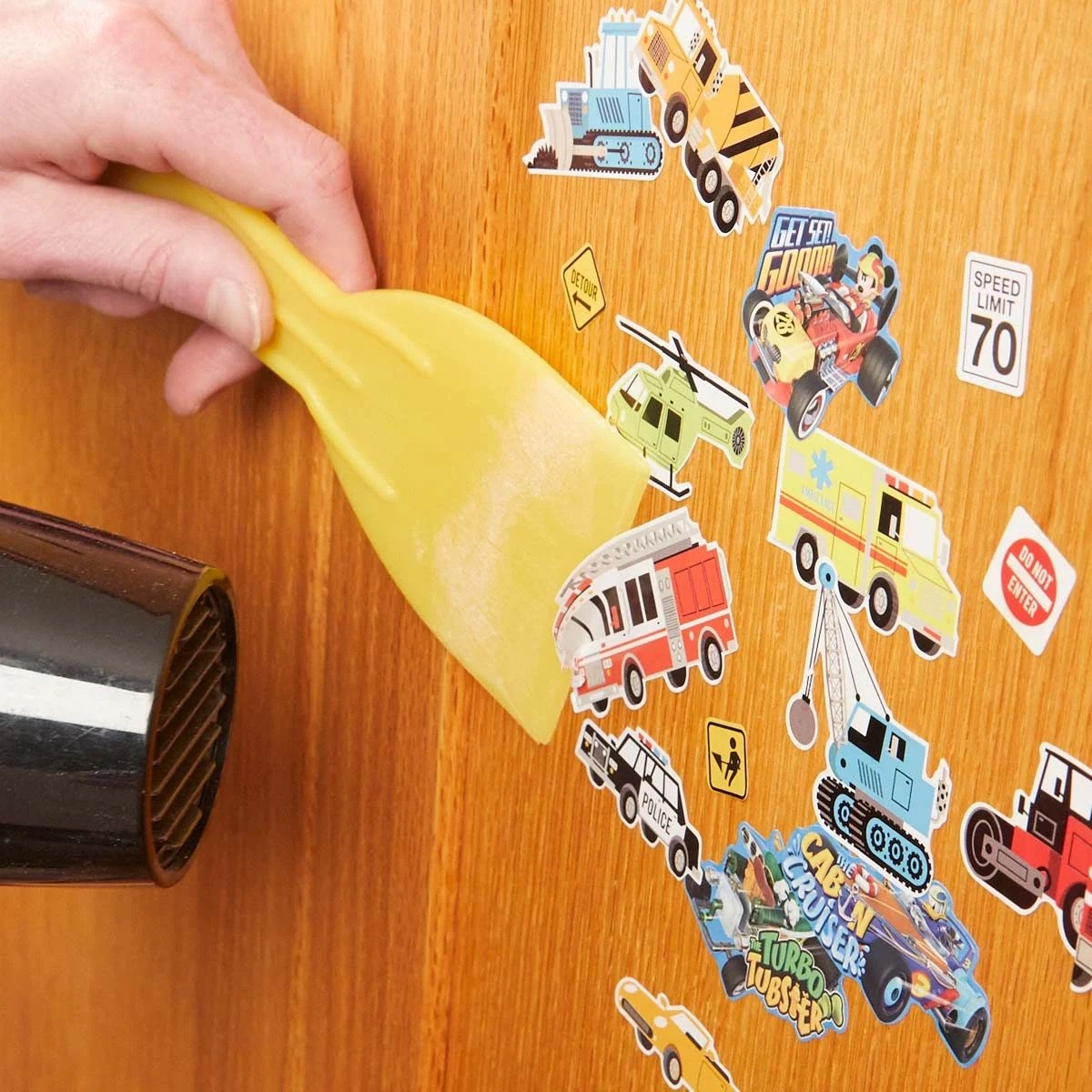
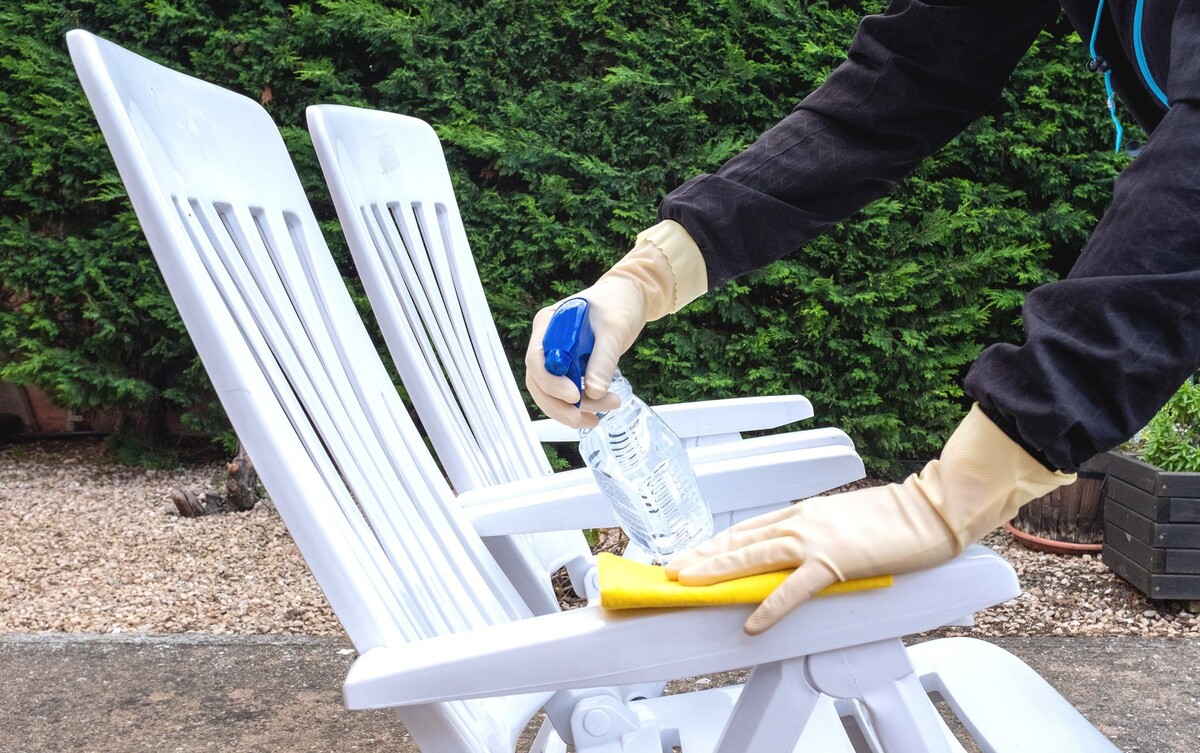
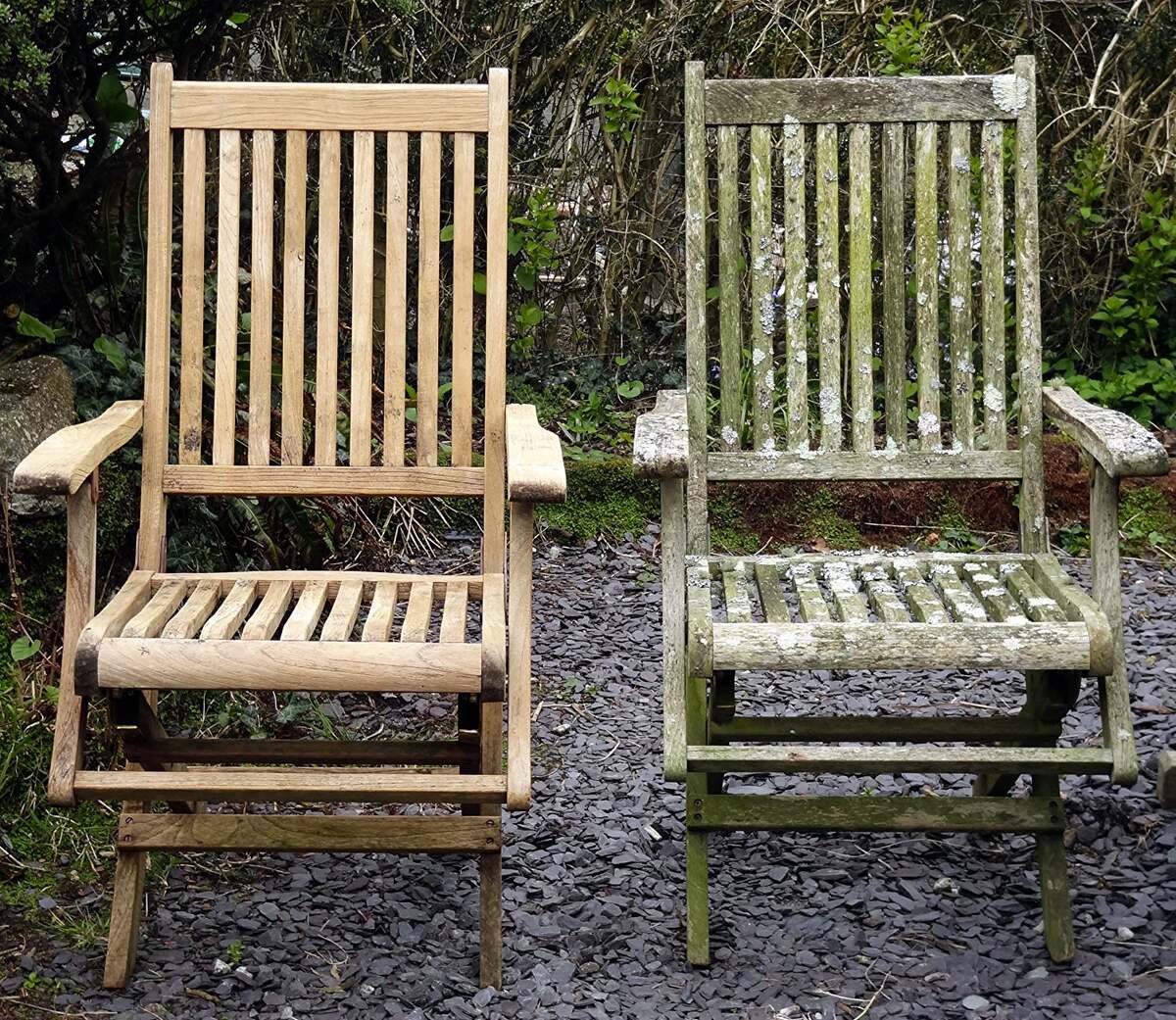
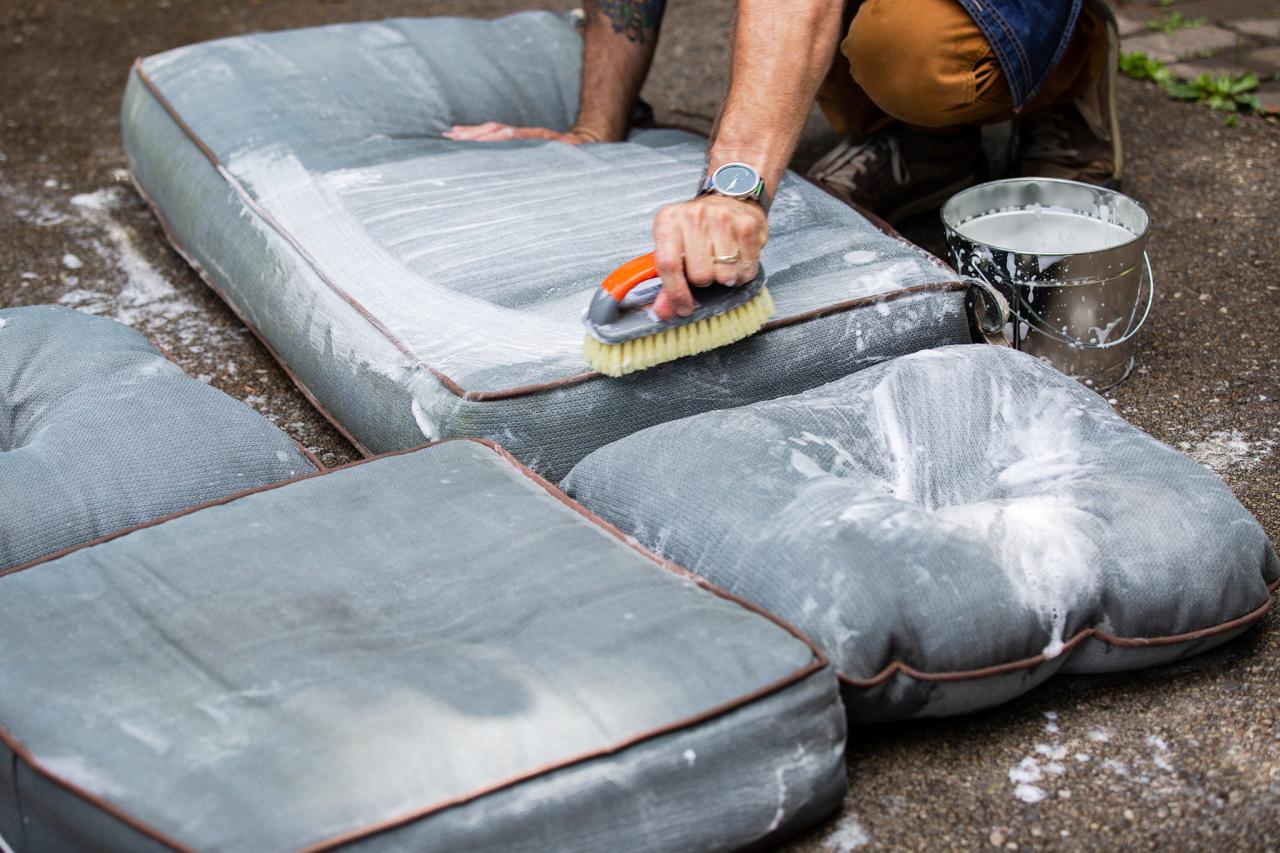

0 thoughts on “How To Remove Wax From Wooden Furniture”